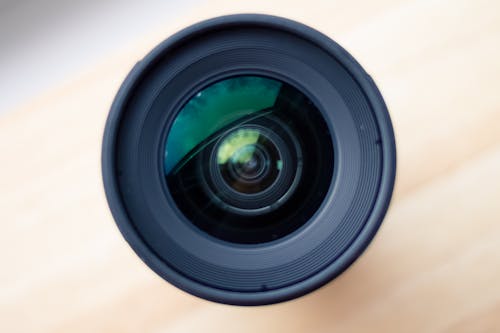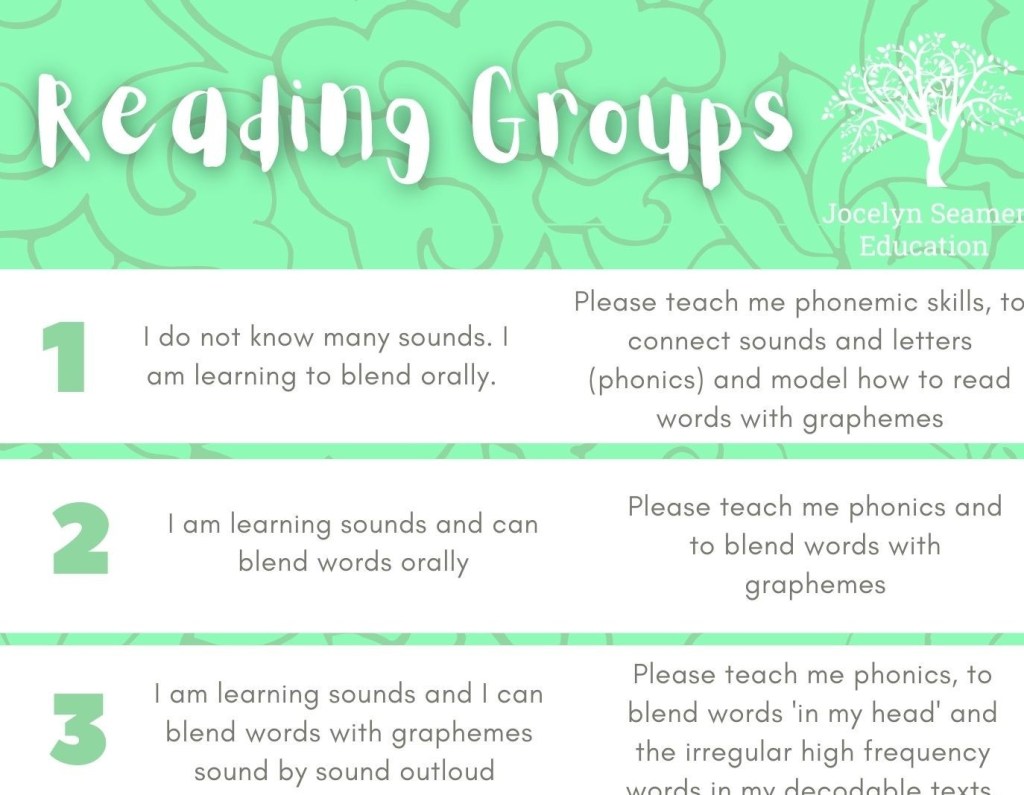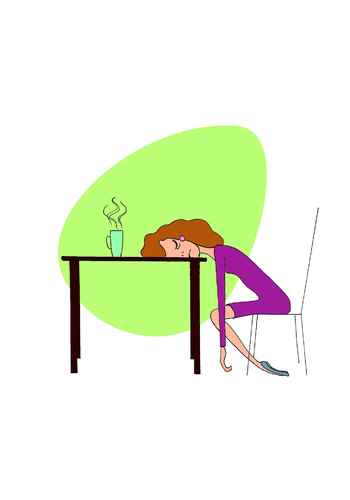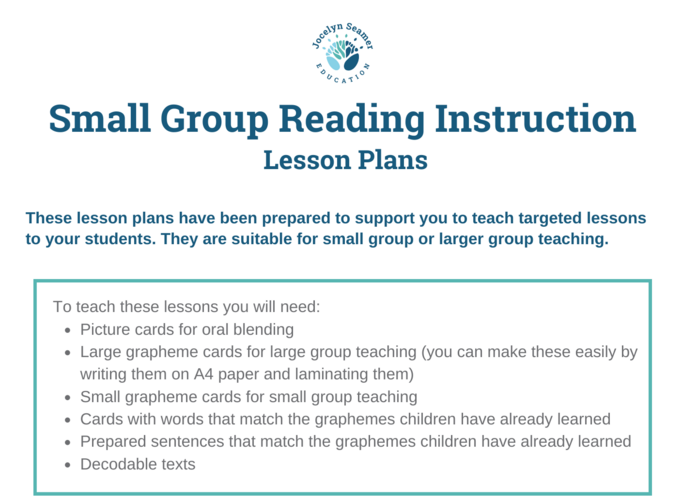Podcast and Blog
The myth of 'no, one, best way' to teach reading
I recall seeing a current affairs show not that long ago where several preservice teachers were interviewed and asked the question “What is the best way to teach reading?”. Their response? “There is no one best way…” If you know anything at all about my work you’ll be able to imagine the look on my face when I heard that. You can probably also imagine that my verbal response was less than polite… These preservice teachers weren’t idiots. They weren’t uncaring or dismissive of best practice. The…
From Sounds to Sentences
One of the big questions I hear Foundation (Kindergarten/prep/pre-primary/reception/transition) Teachers ask is, “When should children be writing sentences?” I would like to answer this question as it relates to skills as well as age. To focus only on the ‘when’ as a consideration of age can lead us to ‘achieve’ this by any means possible, including having children copy scribed sentences and use word banks to copy the words rather than segmenting and writing themselves. Instead, we need t…
Applying the 80/20 Rule in the Reading Classroom
We teachers often lament the lack of time and the overcrowded curriculum. Now I’ll grant you that I think we could leave out a whole chunk of ‘stuff’ and our kids would be just fine, but when it comes to reading instruction what would it mean to us if we could view our time through a lens of ‘only do what is the most important?’.

The 80/20 rule, known as the Pareto Principle, states that 80% of the results come from 20% of the effort. While these numbers aren’t an exact science they do lea…
All I want for Christmas in an Evidence Based Classroom...
As we approach the end of the 2020 school year here in Australia you may have the good fortune to be asked what resources you would like to order for 2021. If that’s the case, here are my top suggestions for items that can pack a big punch in your class next year (not in any particular order...)
1) Decodable texts. You can never get enough decodable texts. You need enough so that every child can have a ‘perfect fit’ decodable to use in reading instruction, access to them in quiet reading time AND…
Grouping in the Science of Reading Classroom
The idea of ‘guided reading’ in the Science of Reading foundation classroom is a simple, yet muti-faceted proposition. In most schools guided reading is based on the reading level that arises from the benchmarking assessment done by the teacher and focuses largely on comprehension and learning to use a variety of ‘strategies’ to decode words. During these small group lessons children read predictable texts at their ‘instructional level’. This approach exposes children to instructional pract…
Creating Massive Value in Small Group Instruction
Over the past couple of posts I have explored what it looks like to provide targeted teaching that specifically matches the needs of your Foundation students. Firstly, I provided a suggestion for what to teach at each stage of the beginning phases of learning to read. Next, I ran through what you can expect to be able to teach whole class. This week (as promised), I will cover what to actually DO in small group instruction.
Firstly, we need to get on top of some basic principles and terminolo…
Whole Group Teaching in the Foundation Classroom

In my last blog post I discussed the ways that we can group children for small group reading instruction (often called Guided Reading). I talked about the need to focus on skill development rather than ‘reading levels’ for our beginning readers and exactly what you can teach them at each stage of their reading development. You can find that post here(including a handy downloadable).
In this post I would like to explore what ‘whole class’ vs ‘small group’ work looks like and pr…

 Jocelyn Seamer Education
Jocelyn Seamer Education



